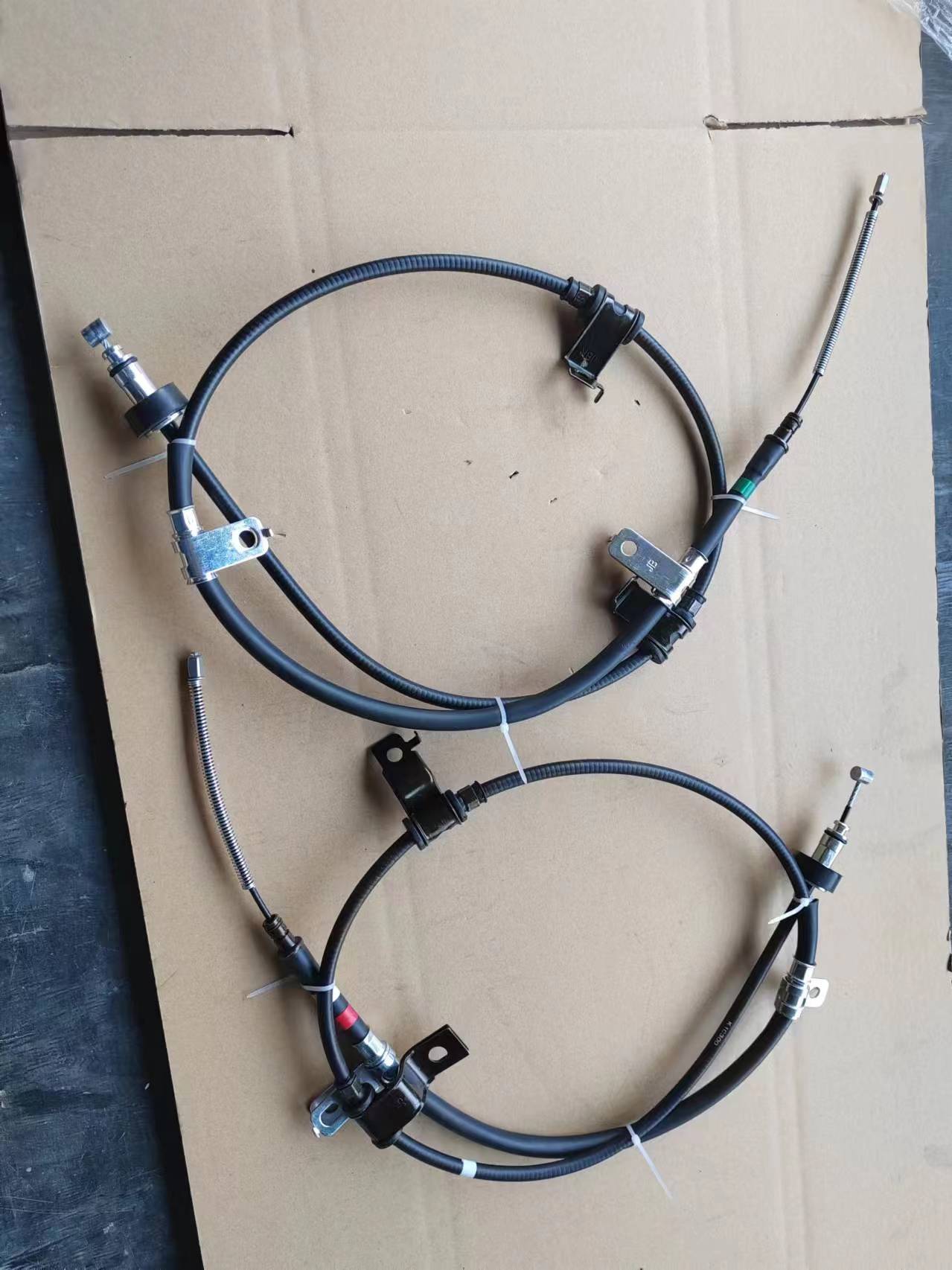Derailleur Gear Cable
Understanding Derailleur Gear Cables The Backbone of Bike Shifting Systems
Derailleur gear cables play a crucial role in the functionality of modern bicycle shifting systems. These cables are responsible for transferring the rider's input from the gear shifters to the derailleur, which subsequently moves the chain across different gears. This seemingly simple mechanism is a key determinant of a cyclist's performance, ensuring smooth transitions and optimal efficiency while riding.
At its core, a derailleur system typically consists of two main components the derailleur itself and the gear cable. The derailleur is a mechanism that guides the chain between multiple gears on the bike's cassette or freewheel and the chainrings at the front. When a rider shifts gears by pulling or releasing the gear shifter, the cable tension changes, prompting the derailleur to adjust its position. This movement is essential for achieving precise gear changes, which can significantly affect the bike's performance, especially on varied terrains.
One of the most important aspects of derailleur gear cables is their construction. Most gear cables are made from high-strength stainless steel, offering durability and resistance to corrosion. They are typically coated with a layer of plastic to reduce friction as they move through the cable housing, allowing for smoother shifts and extended cable life. Over time, however, even the best cables can experience wear and tear, leading to frayed ends or diminished performance. Regular maintenance and timely replacement are essential to ensure optimal gear shifting.
derailleur gear cable

In addition to general wear, improper cable tension can lead to frustrated riders facing challenges such as misaligned gears or skipped shifts. Ensuring that the cable is neither too loose nor too tight is crucial for maintaining an efficient shift. Cyclists should periodically check their cable tension, adjusting it as needed based on riding conditions and frequency of use.
Moreover, advancements in technology have led to the development of various cable systems, including index and friction shifting. Index shifting, commonly found on modern bikes, provides precise control over gear changes, while friction systems offer a more traditional approach, allowing for a feel of the shifting process. Each system has its enthusiasts, highlighting the versatility and preference among cyclists.
In conclusion, derailleur gear cables are an integral component of modern cycling. They are the unsung heroes that facilitate seamless gear changes, affecting the overall riding experience. By understanding their importance, maintenance, and the technology behind them, cyclists can enhance their performance, making every ride enjoyable and efficient. Whether you're a casual rider or a competitive athlete, paying attention to your gear cables will undoubtedly enhance your journey.
-
Upgrade Your Vehicle with High-Quality Handbrake CablesNewsNov.01,2024
-
Optimize Your Bike's Performance with Quality CablesNewsNov.01,2024
-
Enhance Your Vehicle's Performance with Quality Clutch ComponentsNewsNov.01,2024
-
Elevate Your Vehicle's Performance with Quality Throttle CablesNewsNov.01,2024
-
Elevate Your Vehicle's Performance with Quality CablesNewsNov.01,2024
-
Affordable Solutions for Your Cable NeedsNewsNov.01,2024
